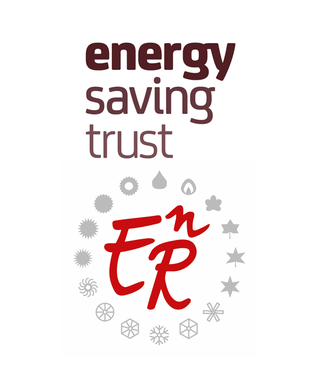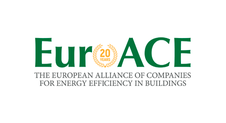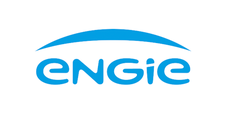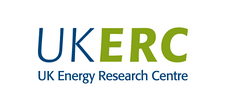Search eceee proceedings
Assessing testing capacity in ECOWAS and ASEAN regions to support S&L programs for cooling appliances
Panel: 9. Improving energy efficiency in ICT, appliances and products
This is a peer-reviewed paper.
Authors:
Lina Kelpsaite, CLASP, USA
Nicole Kearney, CLASP, USA
Rebecca Schloemann, CLASP, USA
Abstract
Reliable test procedures and test facilities that can provide consistent and accurate results are the foundation of successful standards and labeling (S&L) programs for appliance energy efficiency. Testing guarantees the quality and efficacy of products and enables governments and other stakeholders to accurately verify product performance, helping safeguard their S&L programs’ estimated energy and emission savings.
Ensuring adequate testing capacity is necessary for the establishment of any S&L program, be it for research and design, conformity assessment or market surveillance purposes. Increasingly, policymakers are prioritizing building national or government-owned testing laboratories in support of new S&L programs. However, this requires significant investment, e.g. the cost to build a laboratory to test room air conditioners can exceed USD 1 million, which does not include the continuous funding required to maintain and operate the facility and support its staff. In fact, the actual need for and sustainability of laboratory operations is often overlooked, which can lead to underutilization and underfunding of newly established facilities. Alternative solutions such as outsourcing testing needs to private or foreign test laboratories are less attractive, even though they may be more cost-effective and enable greater market surveillance efforts.
Under the Kigali Cooling Efficiency Program, CLASP is assessing testing capacity and needs for cooling appliances in the Economic Community of West African States (ECOWAS) and the Association of Southeast Asian Nations (ASEAN) to facilitate implementation of regionally aligned standards. This paper will highlight common testing trends in these regions, current regional capacity to test cooling products for energy efficiency, opportunities to enhance existing regional capacity, and alternative cost-effective solutions to extensive testing for market surveillance.
Downloads
Download this paper as pdf: 9-403-19_Kelpsaite.pdf
Download this presentation as pdf: 9-403-19_Kelpsaite_Presentation.pdf
Panels of
1. The dynamics of limiting (energy) consumption
2. What's next in energy policy?
4. Monitoring and evaluation for greater impact
5. Smart and sustainable communities
7. Make buildings policies great again
8. Buildings: technologies and systems beyond energy efficiency
9. Improving energy efficiency in ICT, appliances and products

























